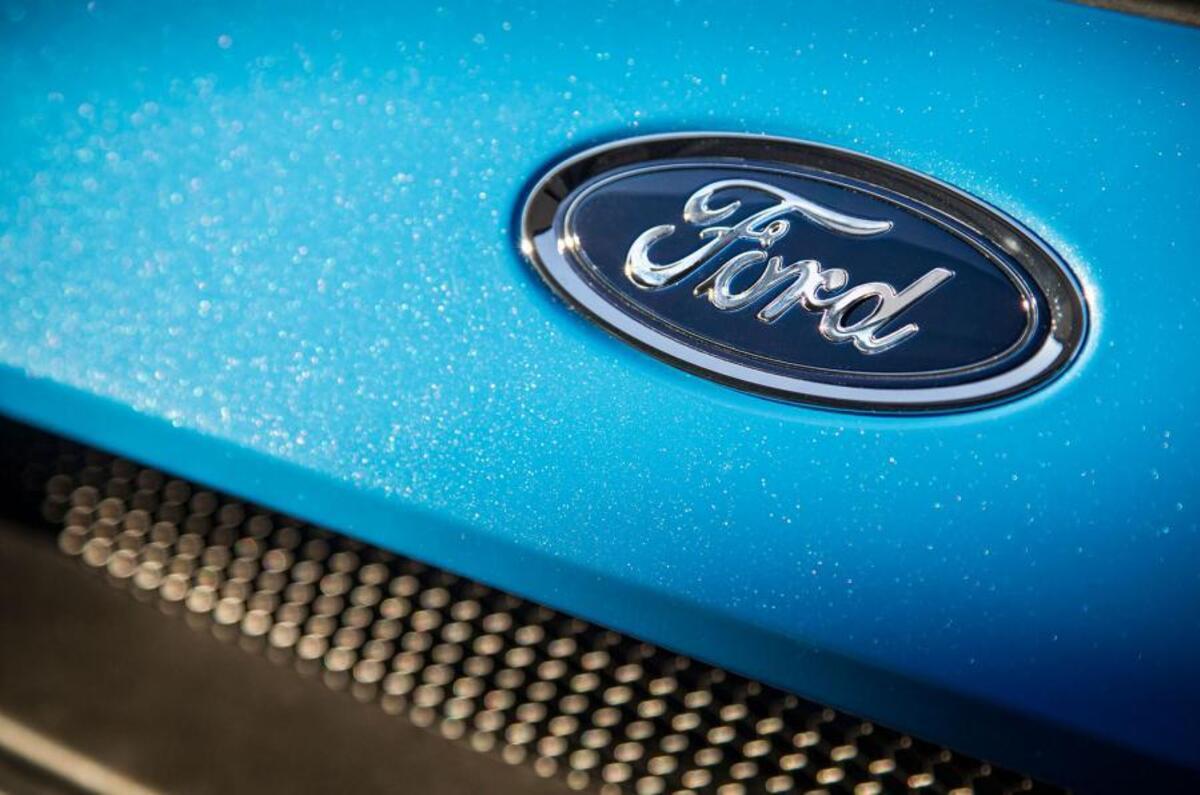Ford CEO Jim Farley has confirmed that the company will make a seven-seat electric SUV as it tries to differentiate itself in an EV market that is reaching "overcapacity".
Ford posted losses of $700 million (£558m) for its Model E electric division in the first quarter of this year amid slowing sales for the Mustang Mach-E. The company broke out EV profitability for the first time as it restructures to better tackle the transition to electric. The losses are greater than the $400m (£318m) recorded for the same period last year.
“We could see the overcapacity in the two-row electric utility segment years ago,” Farley told analysts on the company’s first-quarter earning results, referring to the five-seat electric SUV market, which is dominated by the Tesla Model Y. Ford predicts there will be 45 electric five-seat SUVs in the compact and mid-sized segments on sale in 2025.
“In contrast to two-row crossovers that we believe will be a very saturated market, we believe Model E can be highly differentiated in markets where we know the customer well, like the three-row utility space,” Farley said, in reference to seven-seat SUVs.
Ford wants to bring new customers on board in the same way it has with the Mustang Mach-E and F-150 Lightning electric pick-up.
“A lot of new customers bought a Lightning that never owned a pick-up truck before. And we intend to do that with a three-row crossover and with a bunch of EV Pro vehicles,” he said, referring to the seven-seater as well as new electric commercials. Ford will reveal more at the end of the month at a special investor day focusing on product, Farley said.
A seven-seat EV is unlikely to be sold in the UK, although Ford has recently announced the F-150 Lightning will be sold in Norway
Ford on Wednesday cut the US price of the Mach-E, a direct rival to the Tesla Model Y, by up to $3700 (£2945) as part of the roll-out of lower-cost lithium-iron-phosphate (LFP) batteries. Mach-Es with an LFP option will be coming to Europe later this year, a Fords spokesperson told Autocar, without giving an exact date.
Sales of Ford EVs, including Mach-Es, fell to just 12,000 units in the first three months of the year, Ford figures show. The company attributed the fall to the company’s recent overhaul of the Cuautitlan, Mexico, factory in which Mach-Es are made, intended to increase production of the car.
Farley said Ford will remove $5000 (£3980) from the bill of materials for the Mach-E by the end of the year. The company has been assessing which features are least used by owners via software in a bid to make savings.




Add your comment